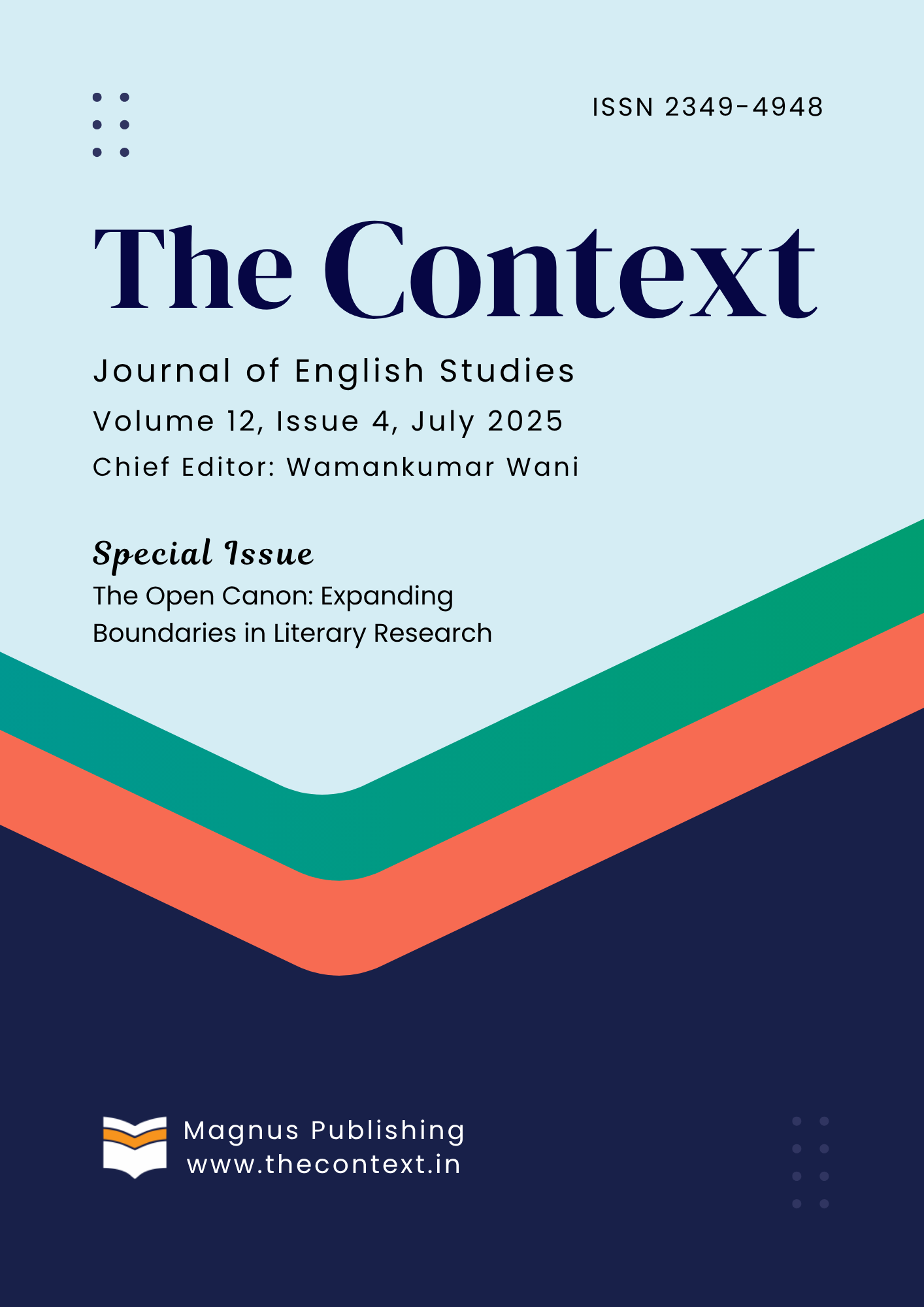Queer Vulnerability and The Poetics of Resistance in Arundhati Roy’s The Ministry of Utmost Happiness
https://doi.org/10.5281/zenodo.15807762
Keywords:
Queer theory, vulnerability, transgender, resistance, precarityAbstract
Queer vulnerability, rooted in Judith Butler's theories of performativity and precarity, highlights how queer bodies and lives are positioned within heteronormative power structures, resulting in their exposure to harm and challenging prevailing narratives of autonomy. In this situation, vulnerability is a place of potential resistance and unity rather than just a condition to be overcome. Vulnerability can also become a kind of political visibility in environments where LGBT presence is pathologised or criminalised—a call for acceptance, justice, and a transforming sense of belonging. This paper will examine how Arundhati Roy's 2017 book The Ministry of Utmost Happiness depicts queer fragility in multiple ways. Roy exposes the emotional instability and sociopolitical marginalisation of gay lives in India by focusing on Anjum, a transgender character from Delhi. The notion that vulnerability is not just a personal state but a politically induced condition is explored in this study by drawing on the theoretical framework of queer theory, including Judith Butler's concepts of “performativity” and “precarious life”, Lauren Berlant's concepts of "affect" and "cruel optimism," and Jasbir Paur's concept of “debility”. In order to show how queer lives are differently exposed to violence, Roy blends Anjum's story with the ghosts of Partition, the Gujarat riots, caste violence, and the Kashmir conflict, rather than separating her queerness from more significant historical traumas. Ultimately, the study argues that Roy develops a poetics of resistance that envisions queer survival through radical kinship, communal inhabitation, and grieving, rather than assimilation.
Downloads
Downloads
Published
How to Cite
Issue
Section
License
Copyright (c) 2025 The Context

This work is licensed under a Creative Commons Attribution 4.0 International License.






